Before you start using your French press, get these beans.
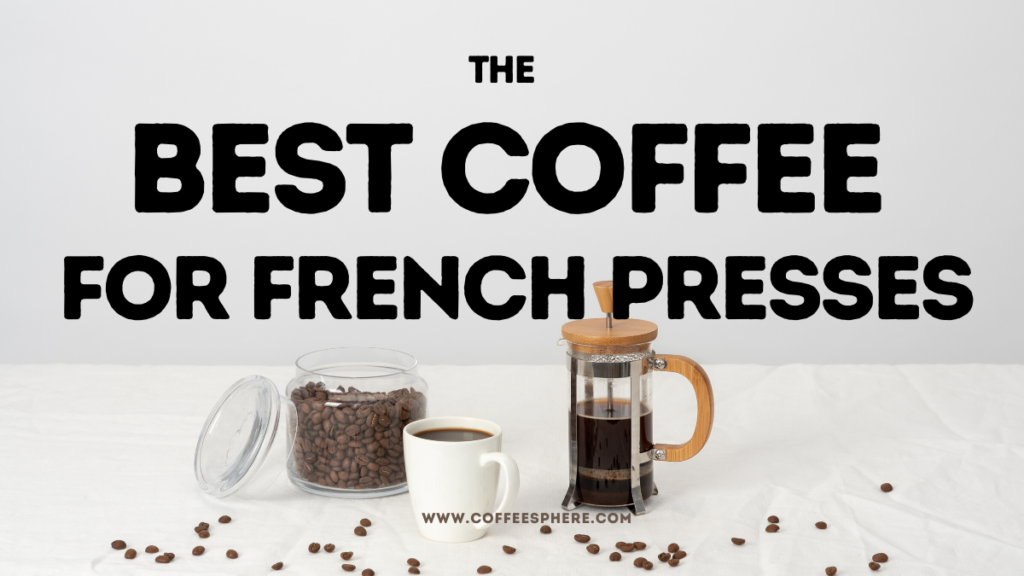
If flavorful, full-bodied and unfiltered coffee is what you like, a French press will deliver. Before you begin pressing that plunger down, consider purchasing the best coffee for your French press as it’s the most crucial thing to do before you start.
Some links found in this post are affiliate links, meaning we may receive a commission if you decide to make a purchase, at no additional cost to you.
- What is a French press?
- 7 Best Coffee for French Press
- How to Use a French Press
- ‘Secrets’ to a Good Cup of French Press Coffee
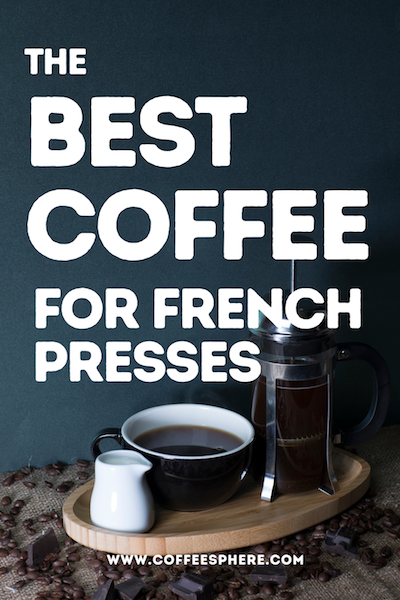
What is a French press?
Using a french press is the simplest way to brew coffee. To use it, mix ground coffee beans and boiled water in the cylindrical glass pitcher. Let the coffee steep for 4-5 minutes. Then use the plunger with the built-in metal filter and press the hot water and ground coffee mix from the top of the pitcher to the bottom.
This method will trap the coffee grounds to the bottom, and you don’t need a paper filter or any other tools to get an excellent brew. (Note that while paper filters trap the coffee oils, the metal filter in a French press does not do that.)
Some people call a French press a coffee plunger or cafetière. The history of the French press can be traced back to two Frenchmen in 1852, but the French press we use today is accredited to Faliero Bondanini, a Swiss man who patented the design in Chambord, France, in 1958.
Bodum, a Danish company, introduced the French press to the whole world. Today, there’s a wide variety of french presses on the market, but I’ve been using my good old Bodum french press from 10 years ago.
The Best Coffee for French Press
Looking for the best coffee to use with your french press? Here are 7 of our favorites.
1. Ethiopia Yirgacheffe Medium Roast
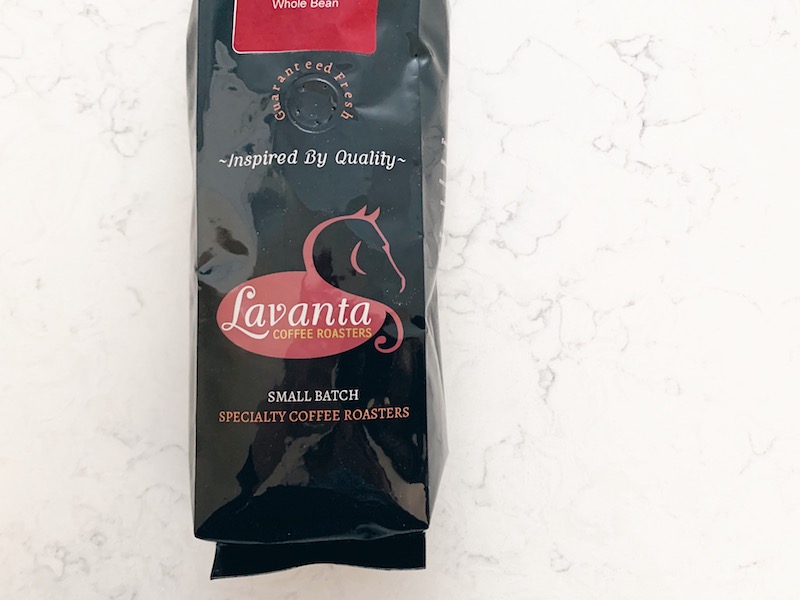
Ethiopia Yirgacheffe coffee carries a sweet and floral aroma. It displays citrus, toasted coconut, and slightly chocolaty notes, perfect for a French press because the flavors are retained in every unfiltered cup of coffee. Coffee was discovered in Ethiopia, probably in the farms where the Yirgacheffe coffee is planted until today.
Try Ethiopia Yirgacheffe medium whole bean coffee from the following coffee roasters:
Buy Ethiopia Yirgacheffe Coffee
2. Tanzania Peaberry Medium Roast
Photo Credit: Stone Street Coffee on Amazon
Another coffee with fruity and sugary notes and is also light in acidity is Tanzania Peaberry. This flavorful coffee is from the slope of Mt. Kilimanjaro and Mt Meru in Tanzania. The Peaberry beans are slightly smaller than normal coffee beans. It’s best in medium roast and there’s so much depth to the flavor.
Try Tanzania Peaberry coffee from the following coffee roasters:
3. Hawaiian Kona Coffee
Photo Credit: Royal Kona on Amazon
To be designated Kona Coffee, Hawaiian Kona coffee must be cultivated in the slopes of Hualalai and Mauna Loa in the North and South Kona Districts of the Big Island. Hawaii’s rich soil, climate, and elevation make it ideal for planting and harvesting coffee. To find out more, read our article about Kona Coffee to learn more about this exceptional Arabica coffee grown in US soil.
For the best Hawaiian Kona Coffee, check out these roasters:
- Royal Kona
- Hala Tree Coffee (Read our review here.)
4. Sulawesi Toraja White Eagle Coffee
Photo Credit: Volcanica
Not all coffee produced in Indonesia is Robusta. In the Sulawesi Toraja mountainous region, in the south-eastern part of the island, Arabica coffee is planted above 3,600 to 6,000 feet above sea level.
Sulawesi Toraja coffee has dark chocolate, sweet spices and fruity and earthy notes, and a woodsy aroma. It’s low in acidity and not overpowering. Get yours from Volcanica Coffee Company.
Buy Sulawesi Toraja White Eagle Coffee
5. Colombian Supremo Medium Roast
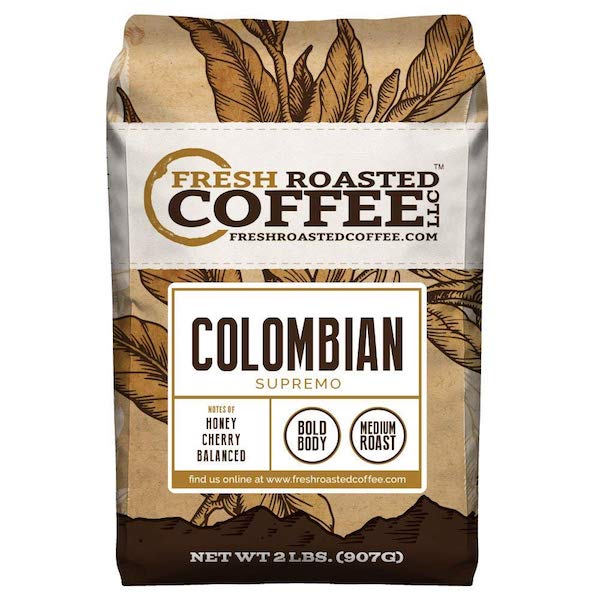
Photo Credit: Fresh Roasted Coffee on Amazon
Mild, smooth, and well-balanced with notes of fruit, chocolate and caramel is how most coffee aficionados describe the Colombian Supremo coffee, grown between 4,000 to 6,400 feet in the Andes in central and southern regions of Colombia.
You can get your 100% Arabica, medium roast Colombian Supremo beans from:
Buy Colombian Supremo Medium Roast
6. Kenya AA Beans
Photo Credit: Volcanica
Grown at elevations of 4,000 to 6,000 feet at the foothills of Mt. Kenya, Kenya AA beans offer berry and citrusy notes, and a fruity aroma. The grade AA refers to the size and flavor, which are larger beans than the other Arabica beans grown in Kenya. It offers a bold body with overtones of citrus and berries. Get Kenya AA Beans coffee from Volcanica Coffee Company.
Also available on Amazon.
7. Peruvian Arabica Coffee
Photo Credit: Wild Foods on Amazon
98% of Peruvian coffee is grown by individual-owned small farmers in forested areas in the Chanchamayo, Catamarca, Norte, Puno and Cuzco regions of Peru.
Wild Foods Co, a roasting company in Austin, sells Peruvian arabica from the Catamarca region. The Peruvian arabica is certified organic that offers a medium bodied, sweet and fruity aroma coffee.
How to Use a French Press

- Grind the coffee beans with a burr grinder – coarse or medium ground.
- Bring water to a boil. It’s best to have water around 200-205 F.
- Place dry French press on a dry surface and remove plunger unit.
- Add tablespoon of ground coffee for 1 cup (8 oz) of coffee.
- Pour in the hot water and make sure you still have at least 1 inch of space at the top. Stir and place the plunger but don’t press down yet.
- Let it sit for 4-5 minutes.
- Slowly press the plunger down.
- Enjoy!
‘Secrets’ to a Good Cup of French Press Coffee
1. Ground size
Choose medium to coarsely ground coffee because fine grinds will pass through the built-in filter screen, and very coarse grinds may clog it. Also, water will over-extract the fine grinds making it too bitter, and if it is too coarse, the coffee will be under-extracted.
The type of grinder is another critical factor in the grinding process. Check out the Hario manual coffee grinder.
2. Amount of ground coffee
I use 1 heaping tablespoon per 8 oz of water.
3. Water temperature
I use water that’s 200-205 degrees Fahrenheit, not at the boiling point (212 degrees). If you don’t have a thermometer to measure the water temperature, I generally let the boiled water rest for at least 5 minutes before pouring the water into the French press.
4. Buy whole beans
Buy whole beans instead of pre-ground coffee because grinding your coffee right before brewing makes a tremendous difference to your cup of coffee. It retains maximum freshness. Pre-ground beans from stores usually have already gone through oxidation from exposure to oxygen, and the freshness is compromised. In other words, the pre-ground coffee could be stale.
5. The beans
Choose medium roast. Dark roast will be too overpowering. I prefer 100% Arabica coffee instead of robusta coffee. Robusta tends to be too bitter in my cup. Also, there is more caffeine in Robusta than Arabica, which may not be suitable for French press unfiltered coffee.
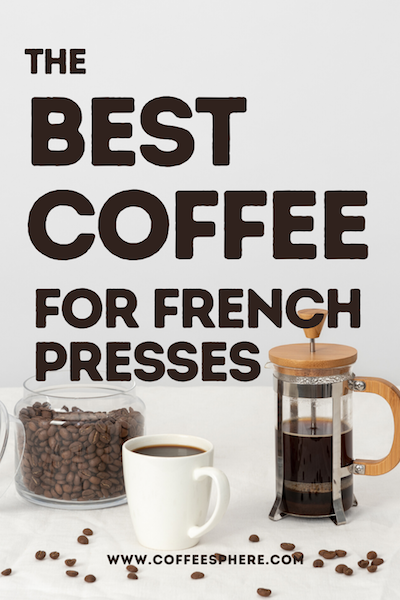
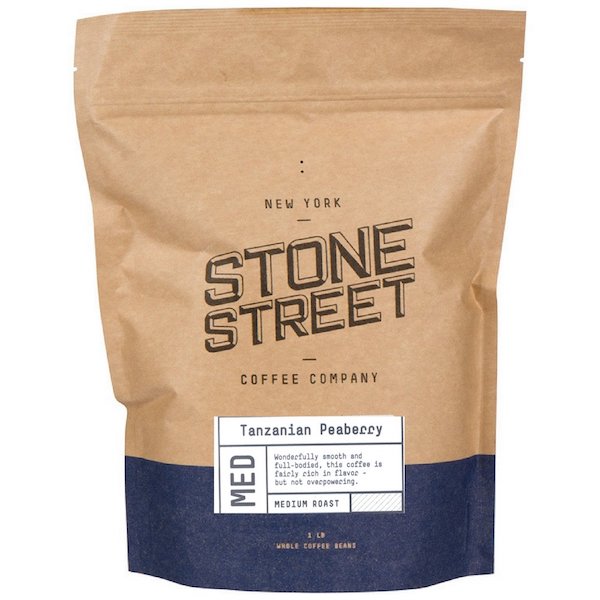
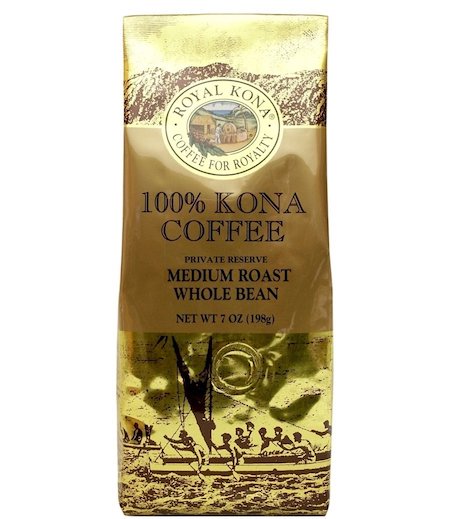
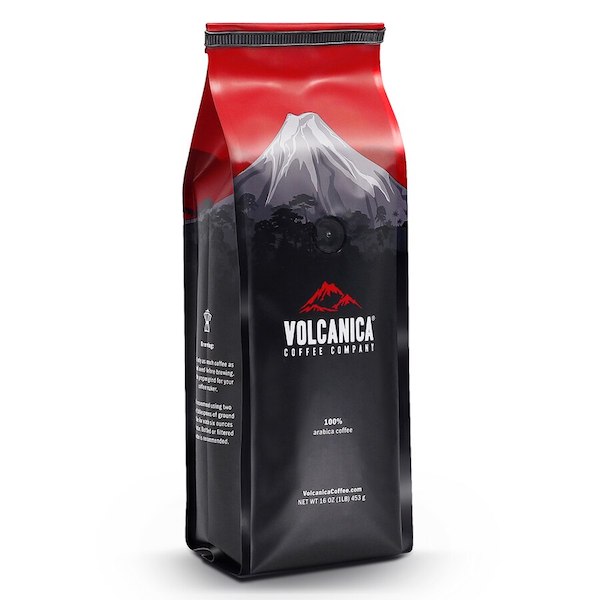
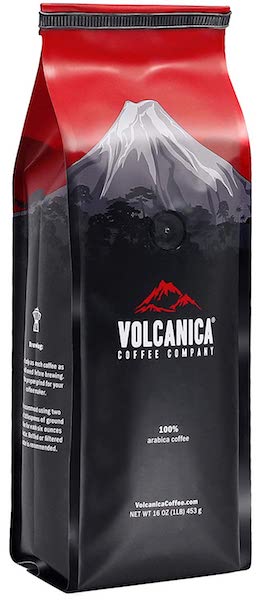
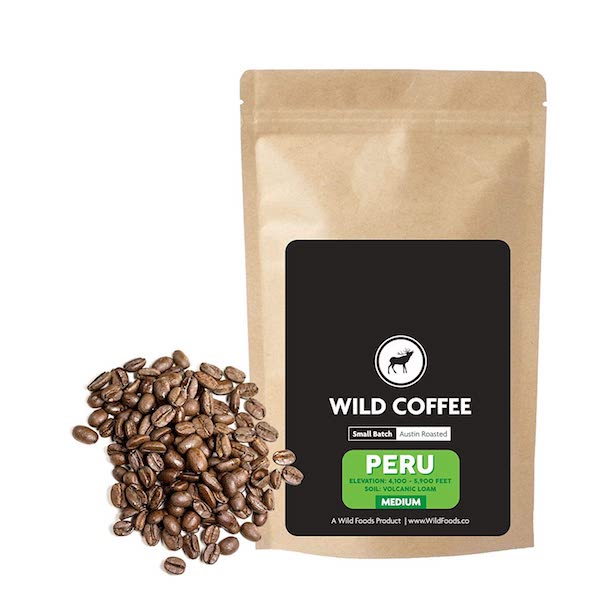
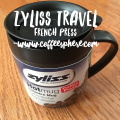
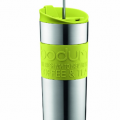
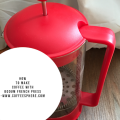

Leave a Reply